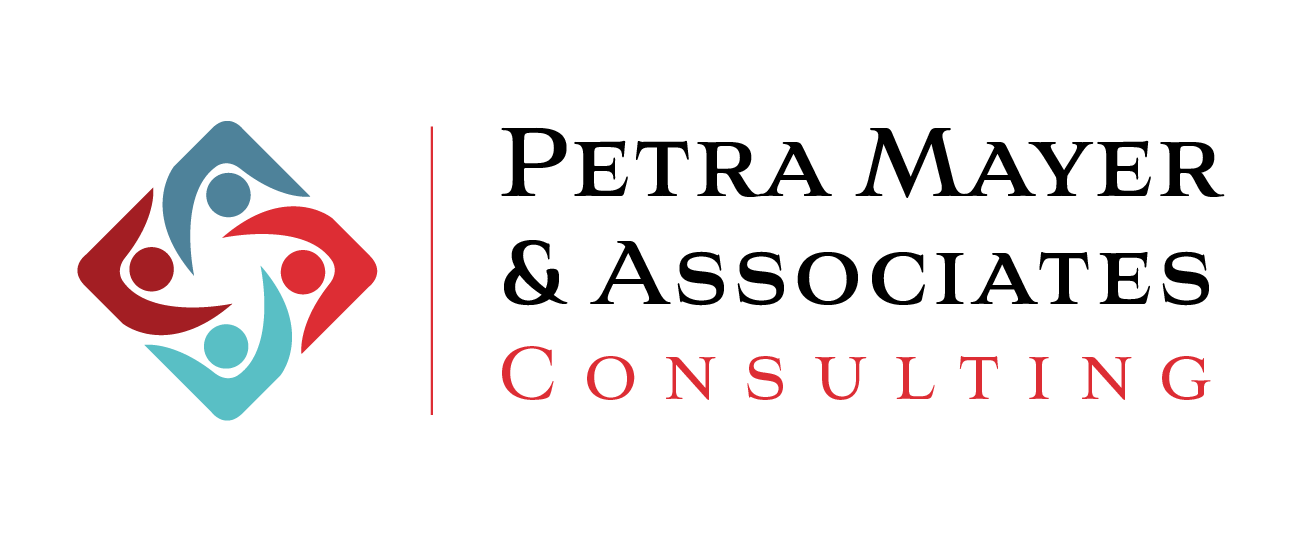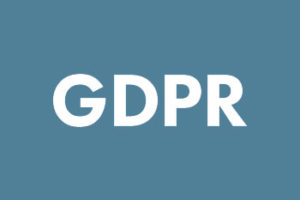By: Guest Contributor
In this guide, we’ll explore the art and science of naming an eLearning program and share tips for creating a name that resonates with your audience and sets your program apart. Let’s crack the code and unleash the power of naming for your eLearning program.
Finding Your eLearning Program’s Identity Through Name Alignment
Your eLearning program’s name should align with your brand positioning, which includes your unique selling proposition, target audience, and desired outcomes. A strong alignment can create a cohesive and memorable brand identity, build trust with learners, and differentiate your program in a crowded market. Let’s explore how to align your program’s name with its brand positioning and make it stand out.
Metaphors, Visuals, and Emotions in eLearning Names
Metaphors, visual imagery, and emotions can add depth and meaning to your eLearning program’s name. They can convey complex concepts, create vivid mental images, and evoke strong emotions that resonate with your audience. For example, Udemy‘s “SkillsCamp” name uses the metaphor of a boot camp to convey intensive learning. In contrast, Coursera’s “MasterTrack” uses the imagery of a track to convey a path to mastery. By exploring these elements, you can create a name that captures the essence of your program and engages learners. Let’s dive in.
Namestorming for eLearning Programs
When it comes to naming your eLearning program, there are countless approaches you can take. You can brainstorm with your team, conduct a focus group, or even crowdsource ideas from your target audience. Alternatively, you can explore wordplay, alliteration, and puns to create a memorable and catchy name. For instance, “SkillSnack,” “BrainBoost,” or “LearnLand.” The possibilities are endless, so let your creativity soar and find a name that reflects your program’s personality and resonates with your learners. Let’s get name-storming with Squadhelp Brand name generator. It is an innovative tool that helps you find the perfect name for your brand.
Breaking Down the Top 10 eLearning Program Names
Here are the top 10 eLearning programs and an analysis of what makes them effective:
MasterClass – Conveys expertise and authority
- LinkedIn Learning – Emphasizes connection to a professional network
- edX – Simple, concise, and memorable
- Coursera – Sounds academic and emphasizes a path to mastery
- Skillshare – Focuses on learning skills and creative pursuits
- Khan Academy – Founder’s name recognition and emphasis on free education
- Udemy – Creative wordplay (You + Academy) and memorable
- Pluralsight – Emphasizes the breadth of learning opportunities
- Codecademy – Focuses on a specific skill (coding) and catchy name
- FutureLearn – Emphasizes learning for the future and evokes a sense of curiosity.
The Importance of Trademark Research
Trademark research is a crucial step in naming your eLearning program name is not taken and to avoid legal disputes. For example, LinkedIn Learning received a cease and desist letter from Linda.com, claiming their names were too similar. Other eLearning companies, such as Udacity.com, have also faced similar legal challenges. By conducting comprehensive trademark research, you can protect your program’s name and avoid potential legal issues by conducting extensive trademark research.
Why Audience Feedback is Crucial
Before finalizing your eLearning program name, testing it with your target audience is essential. Audience testing can provide valuable insights into which names are memorable, attention-grabbing, and resonate with your learners. It’s crucial to ask the right questions when testing your name to ensure you receive actionable feedback. Instead of asking if participants “like” a name, ask which names draw their attention and inspire action and which names align with your brand ideas.
In conclusion, naming your eLearning program is a creative process that requires careful consideration of your brand, target audience, and goals. By leveraging metaphors, visual imagery, and emotions, brainstorming, trademark research, and audience testing, you can select a name that resonates with your learners, elevates your brand, and positions your program for success.


